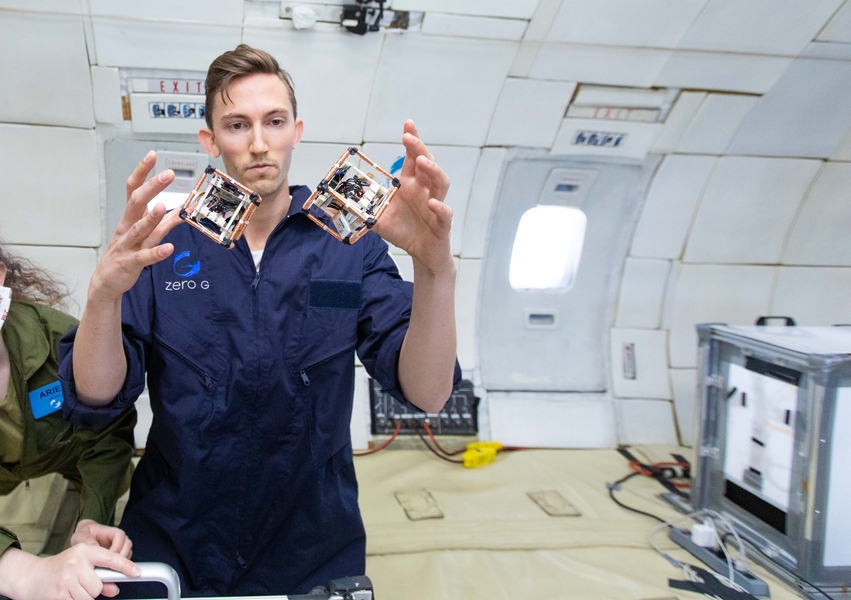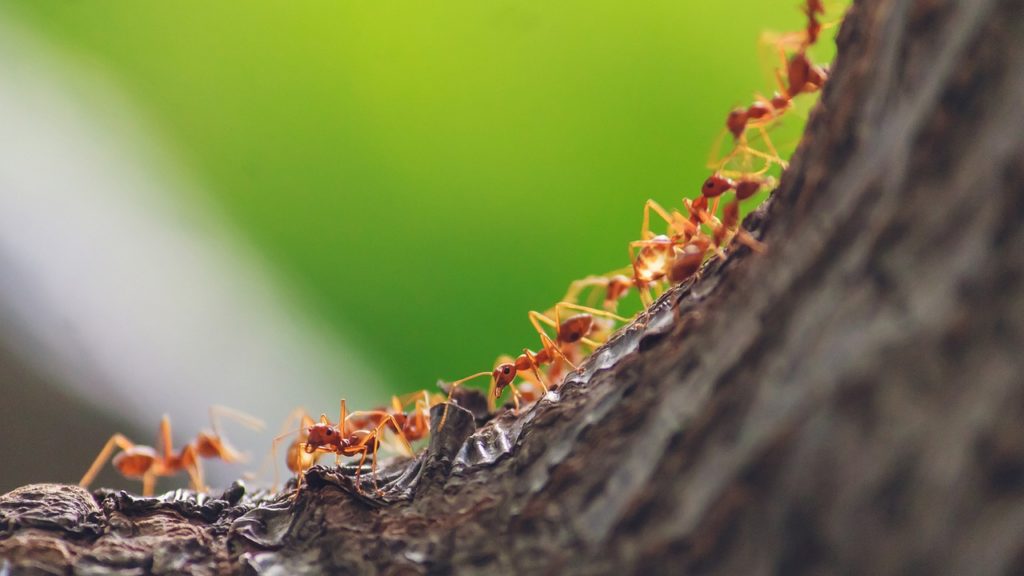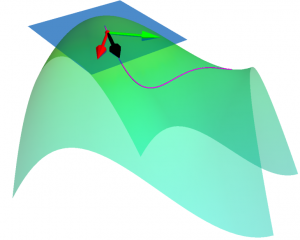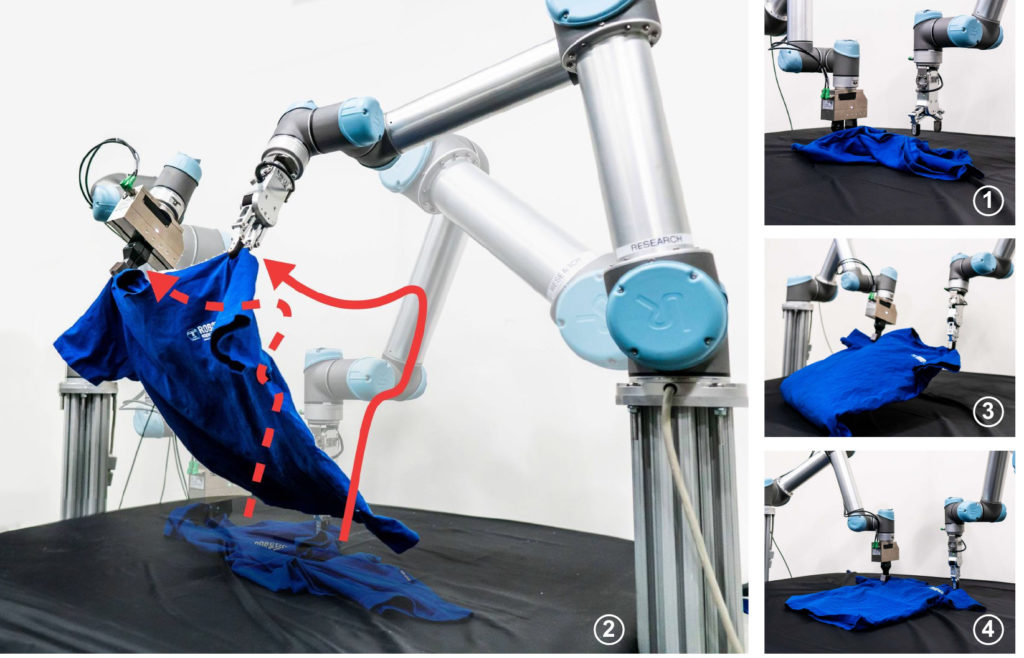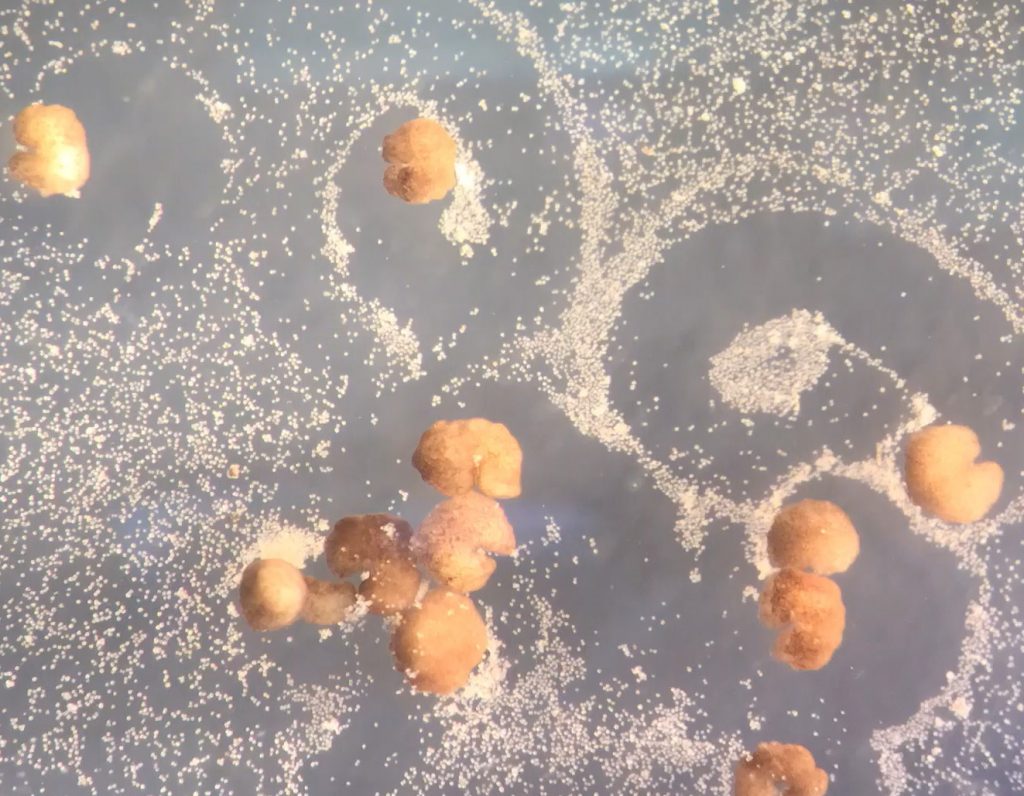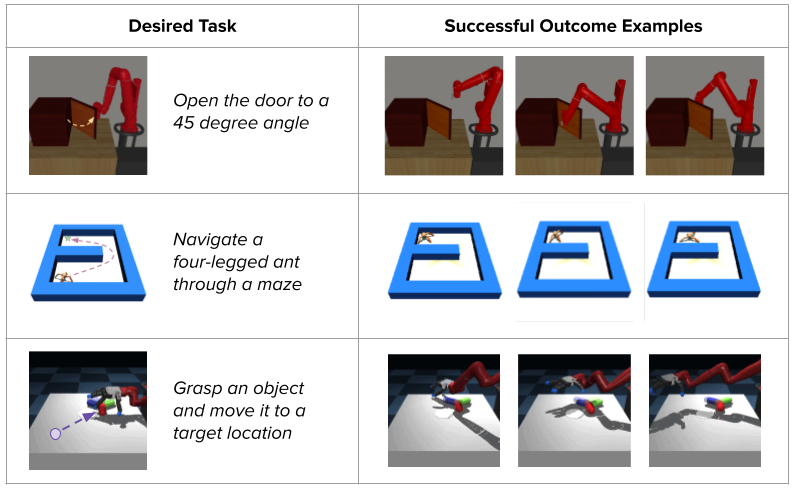How to help humans understand robots
Researchers from MIT and Harvard suggest that applying theories from cognitive science and educational psychology to the area of human-robot interaction can help humans build more accurate mental models of their robot collaborators, which could boost performance and improve safety in cooperative workspaces. Image: MIT News, iStockphoto By Adam Zewe | MIT News Office Scientists …

